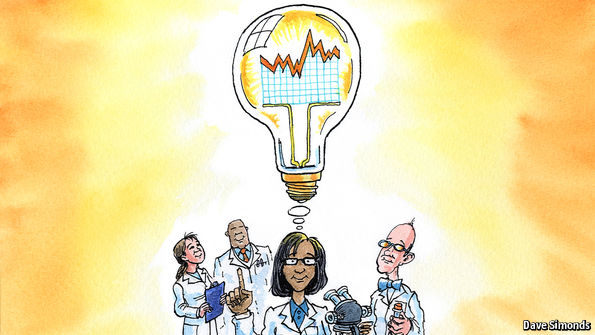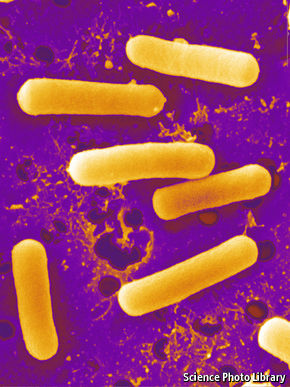Passenger drones are hovering over the horizon

FLYING a helicopter is tricky, especially when hovering. You use your left hand to raise and lower the collective-pitch lever (to climb or descend), your right hand to move the cyclic-pitch joystick (to go forwards, backwards and sideways) and both feet to work the anti-torque pedals (to point the nose). At first it all seems like an impossible dance, but with plenty of practice and careful co-ordination it can be mastered. Flying a drone, by comparison, is easy-peasy. Some can be operated with little or no experience using only a smartphone app. So, it was only a matter of time before resourceful folk started to think about building simple-to-operate drones that are large enough for people to fly in.
One passenger drone currently undergoing flight tests is the Volocopter VC200 (pictured above). With 18 separate rotors it might seem to be an ungainly contraption, but its makers, e-volo, a company based in Karlsruhe, Germany, claim it is more stable than a conventional helicopter. It is certainly more straightforward to fly and can be operated with just one hand. Twisting the joystick makes the Volocopter turn left or right and pushing an “up” or…Continue reading
Source: Economist











